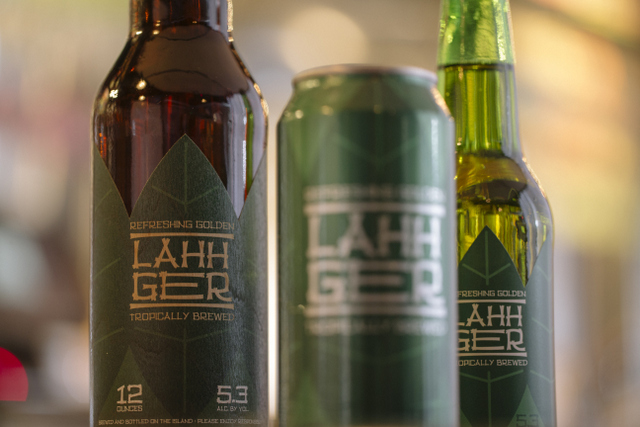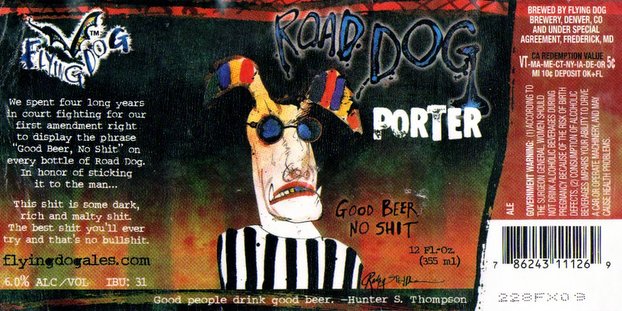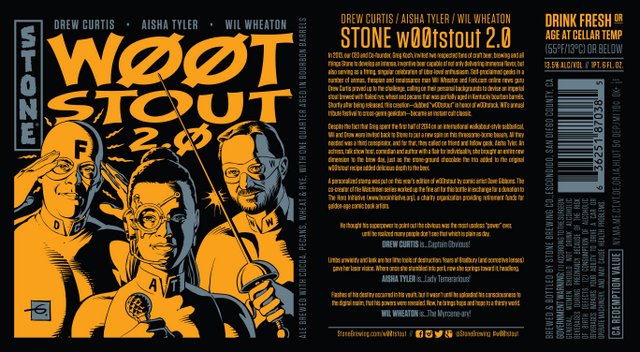
In this ballooning, ever-evolving and incredibly exciting craft beer industry, achieving long-term success while remaining relevant and competitive can be a challenge. For craft brewers, navigating the complex world of federal and state regulatory approvals can be a frustrating process. In fact, more than half of all labels submitted to the U.S. Alcohol and Tobacco Tax and Trade Bureau (TTB) during the first quarter of 2017 were rejected for corrections. This means more time is spent on design revisions and resubmitting labels, and ultimately, delays in getting products to market. While each brewery’s situation is unique in terms of marketing, portfolio size, beer styles and brand release strategy, here are some basic issues that cause labels to get rejected by the TTB.
1. Alcohol content
There are a handful of ways to state the alcohol content of your product — and the everyday expression “ABV” isn’t one of them. But that’s the term we all use in conversation, right? Even though most of us simply say “ABV” when talking about how much boozy punch we can expect to get out of our favorite imperial stout or how “sessionable” an IPA is, the TTB doesn’t accept the everyday abbreviation as an adequate way of stating alcohol content.
Tip: Try Alc./Vol. with the percentage in front, e.g., 6.5 percent Alc./Vol.
2. Class and type/composition statement
In this exciting period where craft brewers are pushing the envelope with their beers and ingredients, things can get muddy with label approvals. But one thing is clear: Properly identifying a beer’s class and type is key to getting a label approved. Here are two examples.
Although “IPA” is an everyday term that’s about as common as hops are in an IPA, it won’t work by itself on a label, per TTB standards.
Tip: You can still use “IPA” as part of your brand/beer name; just be sure to include “India Pale Ale” elsewhere on the label. Even “Ale” will suffice. But make sure it meets type size and legibility requirements. More on that in No. 3.
Once you get into barrel-aging or using ingredients other than water, malt, hops and yeast, adjunct ingredients must be properly identified in a composition statement, depending on when and how they’re introduced into the beer. Have a coffee porter in your lineup? You can call it that on your label, so long as the composition statement explains it.
Tip: Coffee Porter/Porter with Coffee Added; Peach Ale/Ale Brewed with Peaches.
3. Type size and legibility

Get creative with your branding and graphic design, but don’t get so carried away that you fail to meet type size and legibility requirements for all mandatory information. What exactly does that mean? Here are some tips:
Tip: All mandatory information on a label excluding alcohol content and health warning statement must: be minimum 2mm for containers larger than ½ pint; be readily legible; appear on a contrasting background; and appear separate and apart from or be substantially more conspicuous than descriptive or explanatory information.
To put it simply: If you think an element of your label might be unclear to the TTB, it probably is. Design your labels so each piece or section of mandatory information is easily identifiable and easy to read.
4. Net contents
Whether it’s in cans, bottles or kegs, beer comes in many different sized packages, e.g., bombers, 12s, tallboys, the “stovepipe” can, half-barrels and sixth-barrels, to name a few. When identifying the net contents of your product, American units of measure are most common, but metric measure also is accepted.
Tip: Depending on the size of the container, use fluid ounces, pints, gallons and fractions thereof.
5. Notes for the specialist

Not so much a mistake, but a missed opportunity. Aside from the inclusion, placement, size and legibility of mandatory information, the TTB is looking to minimize or eliminate potential consumer confusion when it comes to the overall branding and design of alcohol products. While the name you’ve chosen for your beer/brand and the design you’ve used to represent it may be clear to you, it may not be all clear-cut to a TTB label review specialist, and therefore, to a consumer. In fact, just assume it isn’t. Take the time to write a concise, compelling statement that explains the beer’s name, label design and color and the overall marketing strategy behind the brand, and include it in the notes to the specialist during the Certificate of Label Approval/Exemption (COLA) application process.
One final piece of advice: Take a look at some of your favorite beers on the shelf, particularly from those out of your home market. They all had to meet federal requirements to get there. Find inspiration from your fellow breweries and guidance from The Beer Label Guy.
Founded by Andrew Zender, a professional marketer and communicator with more than 10 years of experience, The Beer Label Guy is a consultancy that helps craft breweries streamline their concept-to-market process by fine-tuning and better managing their federal and state regulatory approval processes. Prior to forming The Beer Label Guy, Andrew served as marketing manager for Tallgrass Brewing Co., a regional craft brewery with an 18-state distribution footprint, where he oversaw product ideation and brand management, public and media relations, digital and social media marketing and all federal and state label approvals, registrations, permits and licensing. Whether you’re launching new brands, redesigning labels, reconfiguring your packaging or expanding your distribution territory, The Beer Label Guy can help you navigate your way through the approval channels, so you can focus on what matters most — making and marketing great craft beer.





Leave a Reply
You must be logged in to post a comment.